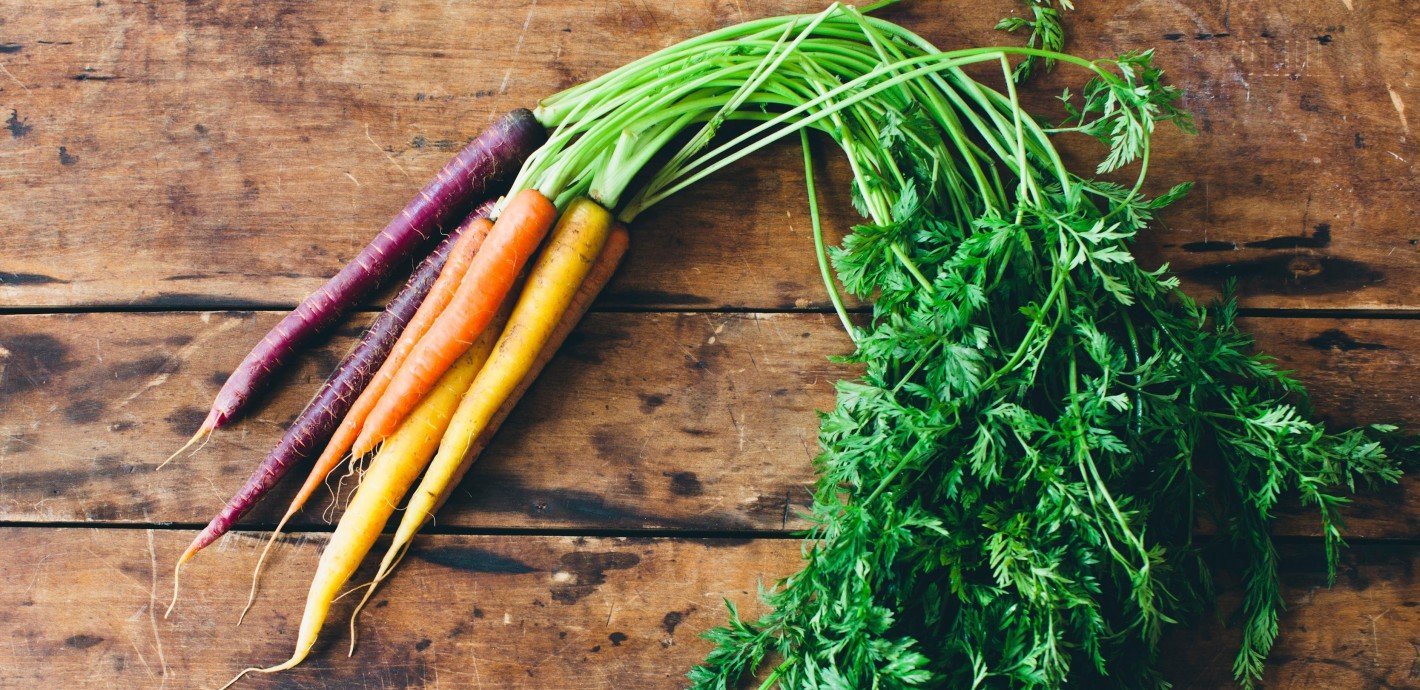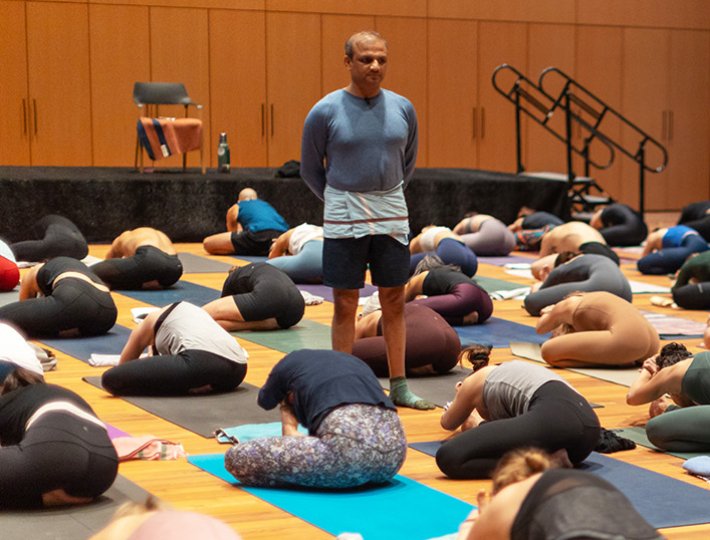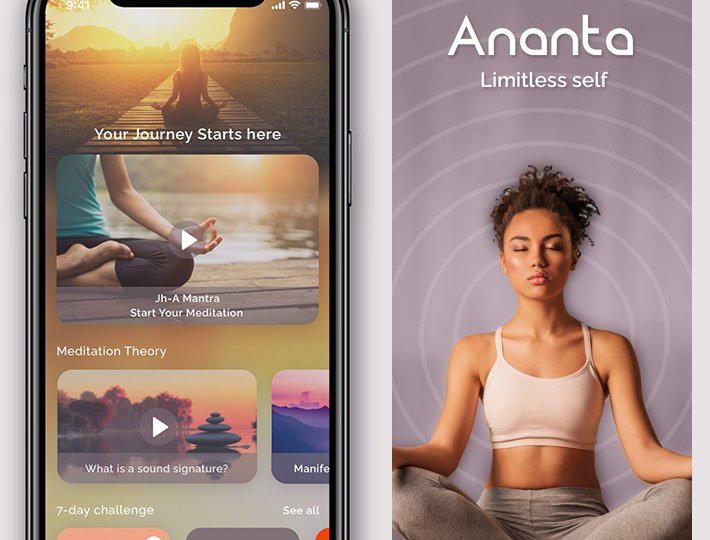These days our hectic lives often dictate that we eat our meals with a heaping side dish of distractions. It’s rare that we take a bite of food without simultaneously responding to a text, reading an email, or watching a favorite show. This tendency to mentally “check out” while eating prevents us from building a healthy relationship with food. Being more attentive at mealtime can help you be aware of what you take in and why, resulting in a healthier mind and body.
Mindful eating is a practice that’s becoming more popular in an effort to improve eating habits and reconnect with what’s on our plates. It involves eating with attention, employing introspection and awareness of how a food really tastes and how it makes you feel. By eating mindfully we become more attuned to feelings of hunger, fullness, and the pleasure of eating, versus focusing on calories and number of grams of fat or sugar.
Studies and surveys have repeatedly shown that taste rules as the number one driver when it comes to why consumers make a food purchase, followed by price and healthfulness. Although calories are most prominent on food labels, reports show that not only do consumers not know how many calories they need, but they don’t even really know what calories are. The numbers on Nutrition Facts Panels are essential markers that describe what’s inside that package, but they do not drive most consumers’ decisions. If everyone bought food in accordance with their needs, perhaps three-quarters of us would not be obese.
This focus on flavor and mindfulness has prompted a shift in how we talk about food. Even healthy food companies are moving away from pitches about weight loss in favor of tempting your palate while providing a sort of hug at the plate. For example, The Laughing Cow has changed their advertising message and “reinvented snacking,” from promoting a quick, on-the-go, low-calorie snack to a message that encourages a consumer to sit down, slowly open the wrapper of the wedge, scoop the creamy cheese onto a knife, spread it on a whole cracker or crunchy veggie, and bite into it to engulf the flavor and texture of this decadent-tasting treat. Although the low calorie content and portability profile have remained the same, the mindful message has moved this food from on-the-go to enjoy-it-slow.
Mindful eating supporters believe that if you take the time to indulge and pay attention to every bite, than you won’t have to worry about how much you eat because you’ll naturally have no need to overdo it. While I still believe it’s important to monitor portions and nutrient value of food, the practice of mindful eating can work hand-in-hand with developing these skills. Here are a few tips that can help you feel mindful and stomach-full:
Slow down and savor each bite. Take the time to stop and enjoy every bite of the food you put in your mouth. Put your fork down between bites to allow you to taste and savor your food. It takes at least 20 minutes for your brain to register that you’re eating, so give it a chance to appreciate the sensation of satiety. If you eat too quickly, your stomach will feel overfilled way before your head and mouth realize you’ve overeaten.
Detach from multi-tasking. When you eat it’s best to do just that…eat. When we eat while doing other tasks, we pay more attention to the task than to the taste, texture, and temperature of the food. If you’re a parent, a no-screens rule at the table will help you share more than a meal with your family. (But note that if kids can’t look at their phones…neither can you!) This break will help you and others respect the time it took to shop for, prepare, and serve your meal.
Related: 8 Yoga Lessons to Improve Your Diet
Eat with your stomach. Your stomach is only about the size of two of your fists. If you eat more than that amount at any one sitting you are probably eating more than you need. On the other hand, your mouth will never get full—once you swallow there’s always room for more. Pay close attention to portion sizes, including your cocktail, bread and butter, appetizer, main dish, and dessert. Ask yourself, if the amount placed before you would fit comfortably into a bag the size of your stomach. If the answer is no it’s best to share or take some home.
Wake up your senses. Listen to the sizzle of your sautéed veggies. Take a deep breath when those muffins come out of the oven. Appreciate the kaleidescope of color that is nestled within your salad. Notice how the creamy yogurt feels as it swirls around your tongue. You don’t have to eat rich, fatty foods to feel like you’re indulging in your meal. Just pay more attention to what’s on your plate and how it connects with your body.
Keep track. Journaling is an effective tool to help embrace responsibility and forge self-awareness. You don’t have to write down every morsel of food that you put in your mouth, but if you’re making visits to your kitchen pantry and fridge on a regular basis, it may be a good idea to keep track of how you feel when you eat—are you really hungry or do you just have the desire for food? Charting your emotions at the time you eat could help identify whether you eat for the wrong reasons and that practice could be keeping you in the wrong sizes.








Comments (0)